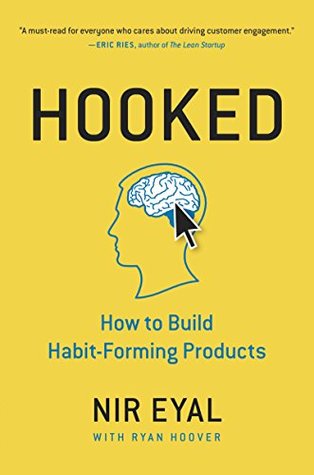More on this book
Community
Kindle Notes & Highlights
The products and services we use habitually alter our everyday behavior, just as their designers intended.6 Our actions have been engineered.
Instead of relying on expensive marketing, habit-forming companies link their services to the users’ daily routines and emotions.
two basic pulleys of human behavior to increase the likelihood of an action occurring: the ease of performing an action and the psychological motivation to do
Variable rewards are one of the most powerful tools companies implement to hook users;
Research shows that levels of the neurotransmitter dopamine surge when the brain is expecting a reward.
introducing variability does create a focused state, which suppresses the areas of the brain associated with judgment and reason while activating the parts associated with wanting and desire.
the user puts something into the product of service such as time, data, effort, social capital, or money.
the investment implies an action that improves the service for the next go-around.
the morality of manipulation.
this book teaches innovators how to build products to help people do the things they already want to do but, for lack of a well-designed solution, don’t do.
Frequent usage creates more opportunities to encourage people to invite their friends, broadcast content, and share through word of mouth.
The enemy of forming new habits is past behaviors, and research suggests that old habits die hard.
“Are you building a vitamin or painkiller?” is a common, almost clichéd question
Gatekeepers such as investors and managers want to invest in solving real problems or meeting immediate needs by backing painkillers.
Vitamins, by contrast, do not necessarily solve an obvious pain point. Instead they appeal to users’ emotional rather than functional needs.
A habit is when not doing an action causes a bit of discomfort.
Habit-forming technologies are both. These services seem at first to be offering nice-to-have vitamins, but once the habit is established, they provide an ongoing pain remedy.


